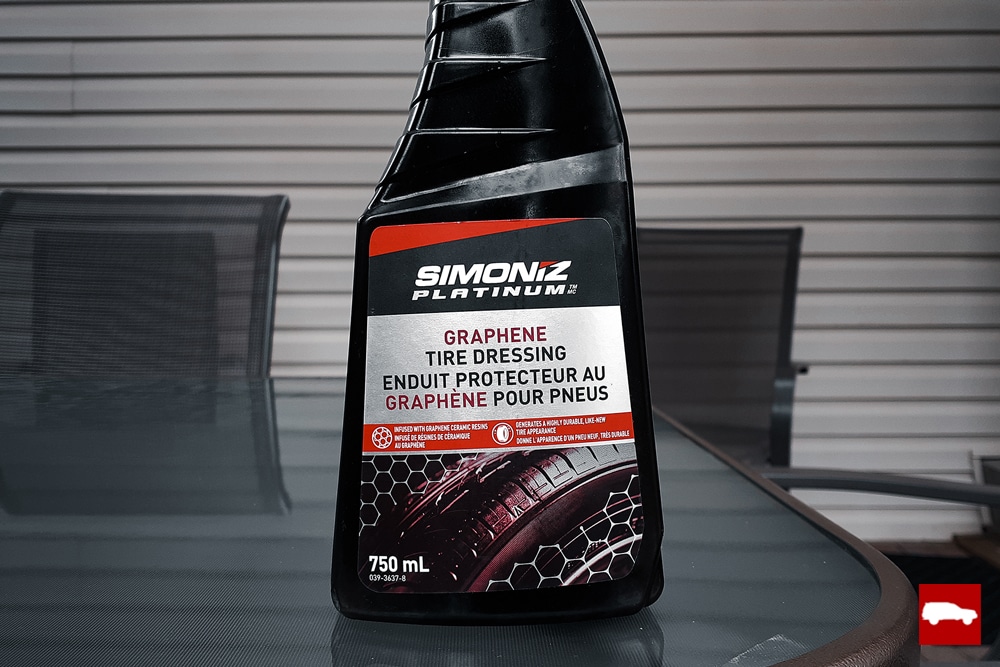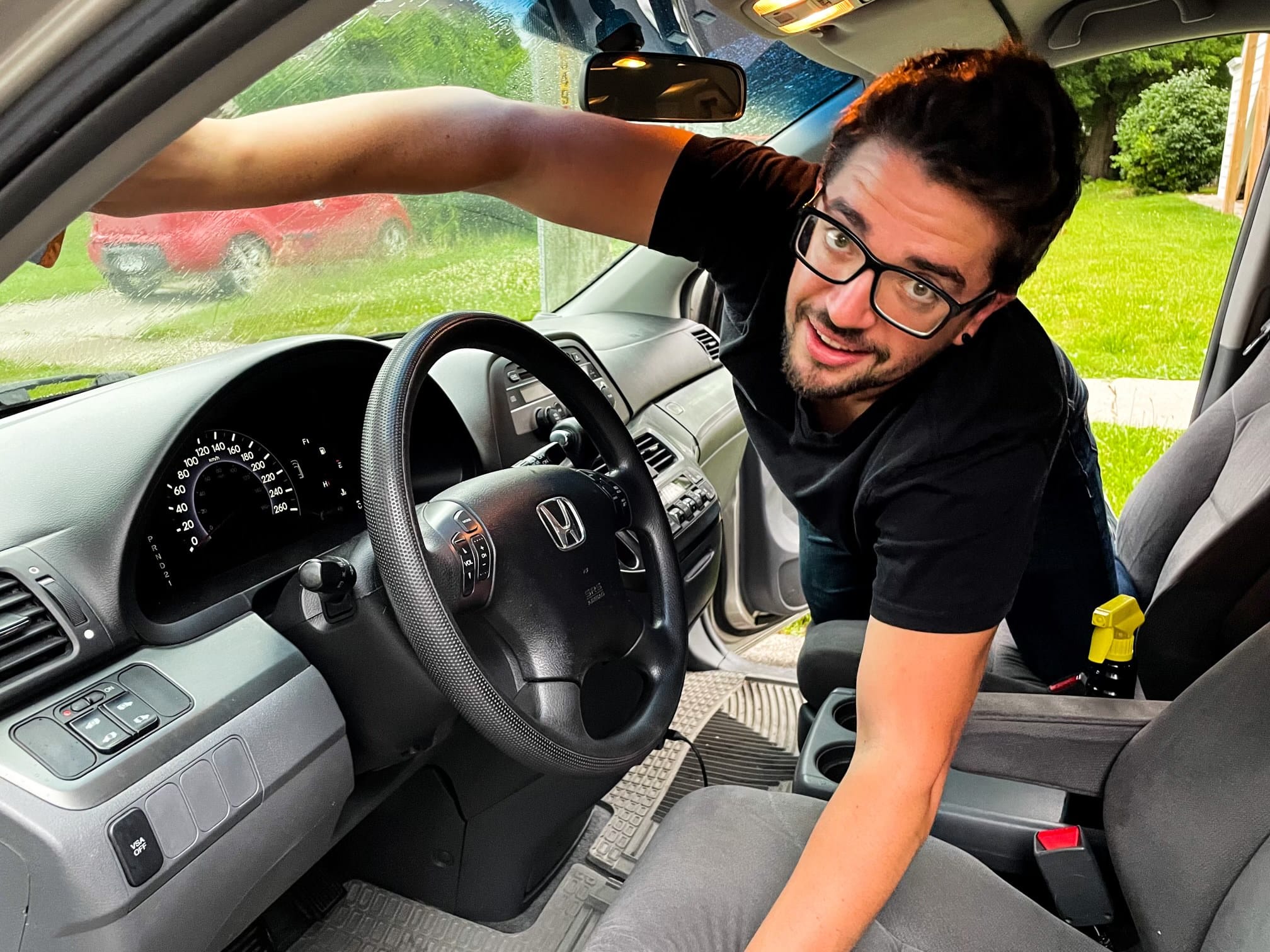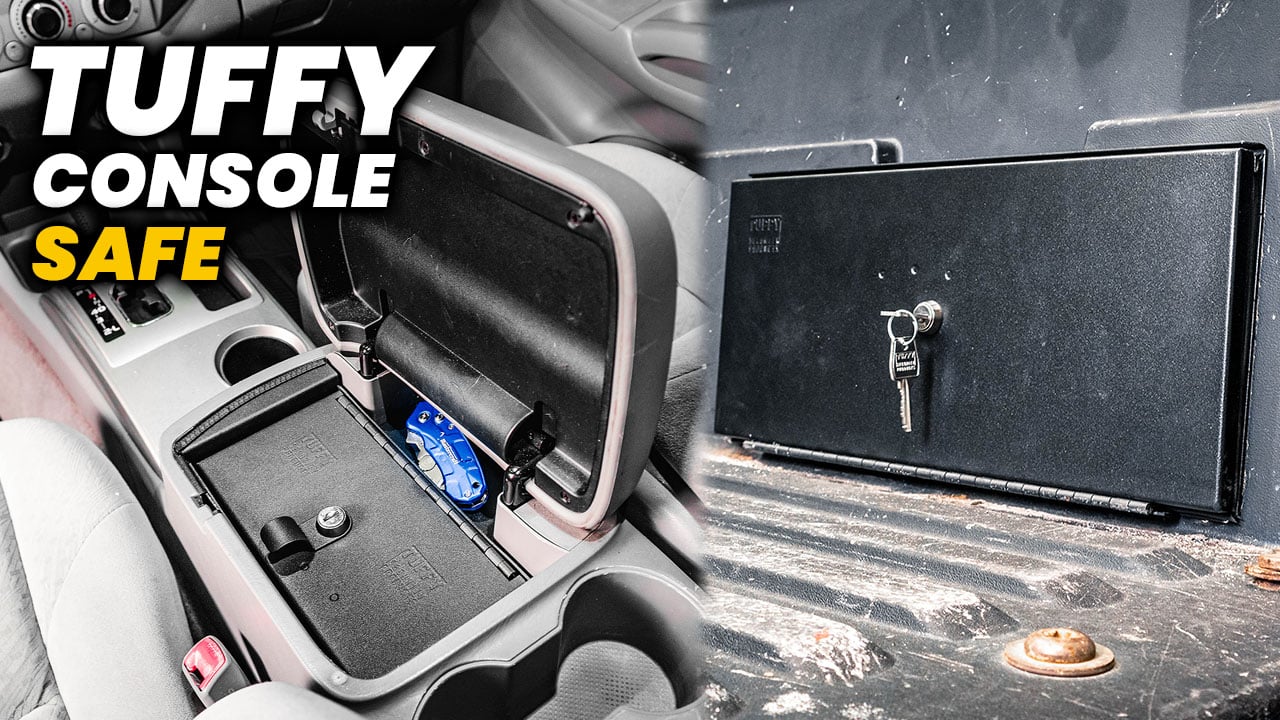If you’re anything like me, you’ve been bombarded with ads and videos all across the internet harolding graphene coatings as the wonder product of this decade. Let me clear up all the confusion and tell you why the hype is just that – hype.
In theory, automotive paint coatings that are made with graphene offer increased hardness, longer lasting protection, increased chemical resistance, and better self-cleaning characteristics. Most, if not all of these claims are not measurable though, so they likely aren’t worth the extra cost.
Although graphene is an amazing material with a plethora of potential uses, I would argue that it’s more beneficial to the construction industry than to automotive detailing. Graphene is being utilized in concrete production to achieve 30% more strength and a 50% reduction in greenhouse gas emissions.
Graphene is also being looked at to increase the strength of carbon fiber while also making it even lighter. These are the types of uses where I believe graphene will change the game.
Why are manufacturers adding graphene to their detailing products?
The answer to this simply comes down to marketing. A product that can be marketed as unique or superior to an existing product is more valuable (to the retailer anyway). Saying that your coating contains the hardest material on earth quickly implies to the consumer and many professional installers that any other product is inferior.
While graphene is an incredible material with unparalleled strength, it may not necessarily improve a coating’s ability to protect your paint in a measurable way. Let me break that down and explain why that is. The claims I’ve seen being made about graphene are:
- Longer lasting protection
- Harder finish
- Less prone to water spots
- Lower sliding angle
- Greater contact angle
Let’s get into the length of protection offered. Most manufacturers of graphene coatings advertise 5-7 years of protection. If you have been in the industry for any length of time or have had cars coated previously, you’ll know that a coating only lasts as long as it is maintained properly and the environment the vehicle lives in has a big impact on that.
But let’s assume that after 7 years the coating is still hydrophobic and the self-cleaning properties are evident. The paint on your car in year 7 isn’t going to be in the same condition that it was when the paint was corrected and the coating was first applied. Therefore you would most likely have had the paint enhanced somewhere along the line making the length of the coating’s durability irrelevant.

Now I know what you’re thinking; the coating is harder so it will be less prone to scratches, right? Well, it’s not quite that simple. Manufacturers of ceramic and graphene coatings alike will use hardness ratings to market their products. The problem with this is it can be quite misleading. Here’s where it’s going to get a little bit technical:
A substrate is the makeup of something or the makeup of what it is attached to. Christopher Brown from OCDCarCare.com has an extremely in-depth write-up about this topic where he compares a coating’s hardness in relation to the clear coat it adheres to, like building on different foundations. A house built on a beach no matter how much the sand is reinforced can never be as sturdy as a house built on bedrock.
Let’s assume though, that a graphene coating on a particular car provides a harder surface than a ceramic coating you happen to be cross-shopping. No matter how hard the coating is, your car will still develop scratches and love marks over time. That is until we can develop coatings as hard as diamonds.
The next big claim I see in regard to graphene coatings is that they are less prone to water spots. This I believe all comes down to the level of maintenance and the conditions the vehicle lives in. If water is allowed to sit on your paint in direct sunlight for extended periods of time, clear coat, ceramic coatings, and graphene coatings are all going to fall prey to water spots.

This is because a coating doesn’t prevent or cause water spots; the water sheeting properties will allow water to run off and that will be the best defense against water spots. So a coating, graphene or ceramic, that has better water sheeting characteristics will make it easier to reduce the amount of water spots that develop on your car’s paint.
Now let’s talk about sliding angle and contact angle. First, we need to understand what these two angles mean.
The sliding angle is how much of an angle on a surface is required to allow water to sheet off.
The contact angle is, in simple terms, how round a water droplet is when it sits on a surface – the greater the contact angle the more spherical the water droplet will appear.
No matter how spherical a water droplet is, if left on the surface it will still dry and leave mineral deposits on the surface which will etch into the coating. The sliding angle, or how easily a coating allows the paint to shed water is a much more relevant measurement when trying to decide which coating is superior, whether that be graphene or ceramic.
What products can graphene be found in?
Graphene started coming onto the detailing scene in the form of coatings. With its rise in popularity, graphene is becoming more common in other more everyday use detailing supplies.
Graphene can now be found in a multitude of products including, but not limited to, car wash shampoos, detail sprays, waxes, interior detail sprays, and even tire dressings. If there’s a detailing product on a shelf somewhere, someone is trying to add graphene to the title.

What difference does graphene make?
The main claim I see when looking at any graphene product is the longevity. As I said earlier, a coating that lasts longer may not be all that beneficial to you depending on how swirl-free you like your paint.
However, I can see the appeal in other products, like tire dressing or a graphene infused wax, where the product typically lasts for short periods of time. An easy to apply wax that lasts as long as a sealant or a tire dressing that doesn’t sling and keeps a tire looking rich and dark longer.
Another benefit to graphene is its anti-static properties. When adding graphene to a coating this can be beneficial in keeping dust off of the vehicle’s paint as long as the vehicle stays dry – once the surface gets damp all bets are off. Dust will settle into the water on the surface and stay behind when the water evaporates.
The anti-static properties are also beneficial when it comes to the interior of your car. A few companies are now offering graphene infused interior detailing sprays that both clean and protect all washable surfaces.
Dust tends to settle fairly quickly on interior surfaces which is where the anti-static properties can minimize the frequency with which you clean your interior. And if you’re anything like me you’d rather wax your car every weekend than clean the interior once a month.
The downsides of graphene detailing products
I know I’ve been pretty hard on graphene products in this article, but they’re making some pretty bold claims and in many cases, these claims are not actually measurable. But what are the downsides of graphene?
The biggest downside is the price. The two top end coatings for a company (which shall remain nameless) are separated by nearly 100%. One of those coatings happens to be a graphene coating. I’m pretty sure you can figure out which one is almost twice the money.
If there aren’t any severe downsides to graphene products though, maybe the question should be asked another way. Why don’t all companies have a graphene line of products? If graphene is so great, then why don’t the big coating manufacturers with licensed installers jump on the train?
In fact, CarPro has stated they will not offer a graphene coating because they don’t perform better than the coatings they currently offer. Graphene is still fairly new to the industry though, so never say never. Perhaps someday soon there will be a breakthrough that changes everything. I hope so, because I love new technology and better processes and products in the detailing space.
Conclusion: Are graphene coatings worth it or just industry hype?
By now I’m sure you know where I stand here. I entered this topic with an open mind and a hope that all the hype was well warranted. I want to believe the industry is getting closer to a maintenance free, scratch resistant blanket for my current and future cars. As I dove into researching the subject however, I realized something:
Nearly everyone that claimed graphene was the greatest thing since sliced bread was trying to sell their graphene product or someone else’s.
The honest tests, where no product was being sold, found the ceramic product to perform as well as, if not better than the graphene product.
Bottom line: Marketers found a new buzzword in graphene and they didn’t let an opportunity go to waste.

Jeremy got his start in the automotive industry in 2012 as a detailer. He also tried sales and a role in the service department at a Chrysler dealership before deciding to become an automotive technician for Volkswagen. Read more about Jeremy:





Leave a Reply